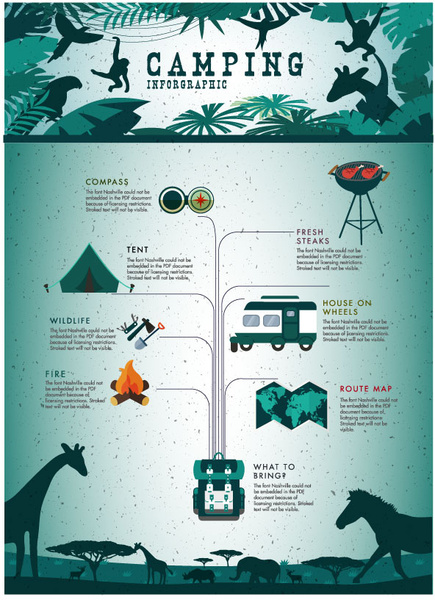Lots of camping tent manufacturers provide an impact that fits their shelter flawlessly, and it can be appealing to purchase one to save time and headache. Nevertheless, the added cost and weight of a footprint can be disheartening after going down hundreds on a lightweight camping tent.
Why canvas tents can keep water out during rain?
And also, tarps can work equally as well and are typically lighter. So, does your backpacking camping tent truly need an impact?
Waterproofing
The floor of a tent is revealed to all sorts of things, specifically on rocky terrain where sharp rocks and sticks are likely. Over time these abrasions can fray spots in the tent flooring and produce openings that may allow water to permeate right into the tent. A top quality backpacking tent is designed to work well without a groundsheet, but the extra protection offered by a footprint is certainly worth it.
A lot of outdoor gear companies offer a matching footprint for their camping tents, which makes sure a perfect fit. However, these can be rather pricey and/or hefty. For ultralight backpackers looking for to conserve ounces, making your own light-weight camping tent footprint out of Tyvek or Polycryo is a wonderful alternative.
A footprint can likewise be made use of as a bivy sack when camping in bad weather or to give extra sanctuary in a pinch. Simply make certain it isn't larger than the camping tent to avoid rainwater from collecting on the outdoor tents floor and seeping in via all-time low.
Weight
Many outdoor equipment producers offer top quality footprints that will certainly compare perfectly with your outdoor tents but they come with a price-- typically an additional ounce or two in weight and price. For ultralight backpackers trying to cut ounces off their pack weight, this can be a deal-breaker.
The main benefit of an impact is that it will certainly keep your camping tent flooring completely dry in case of rainstorms. Nevertheless, it is necessary to keep in mind that if your tent footprint is as well big, wetness may pool on top of it throughout a rainstorm and saturate right into your outdoor tents. This is why it's ideal to obtain a footprint that is reduced smaller than your camping tent on all sides. You can likewise attempt making your own lightweight camping tent footprint out of Tyvek or Polycryo if you're wanting to save on expenses and ounces.
Resilience
Outdoors tents are built to stand up to lots of deterioration, yet even the toughest shelters penetrate, rip and establish openings on revealed surfaces in time. A footprint adds an added layer of security between the ground and your camping tent, aiding extend the life of your sanctuary.
Footprints are available from the makers that make outdoors tents or in DIY materials like Tyvek outdoor gifts for men and Polycro. The main tent impacts are more costly and much heavier than do it yourself choices, however they're created especially for your details outdoor tents design, which makes them the most sturdy alternative.
The density of the impact fabric and your tent flooring is gauged by a denier ranking, with greater deniers providing thicker and harder-wearing materials. The ultralight Huge Agnes Tiger Wall surface tent has a super-thin 15D flooring, while the hefty Marmot Tungsten series outdoors tents have much thicker 68D floorings.
Ventilation
Several backpackers select to forego a tent impact for conserving weight and money. However, one of the most essential reason for making use of a footprint is that it protects your outdoor tents flooring from deterioration. Footprints are usually made from nylon or polyester and have a denier rating that can vary from 20 to 80. The higher the denier, the thicker and more long lasting the material will be.
The suitable camping tent impact is cut a little smaller, on all sides, than the real summary of your tent. This protects against puddling, which can happen when the tent impact sticks out past the sides of your shelter and allows rain to pool there.
How cold is too cold to sleep in a tent?
Some camping tent suppliers include a fitted impact with their items, while others market a generic version that can be reduced to dimension. Regardless of the material, the majority of impacts add a couple of ounces to the general weight of your shelter system, which can be a big deal for backpackers that are seeking to conserve ounces whenever possible.
